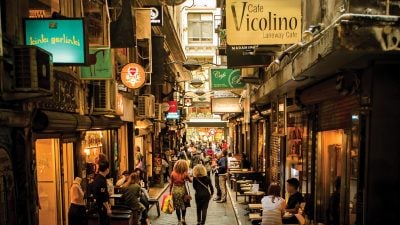Home / Africa & Middle East / Discover the Atmospheric City …
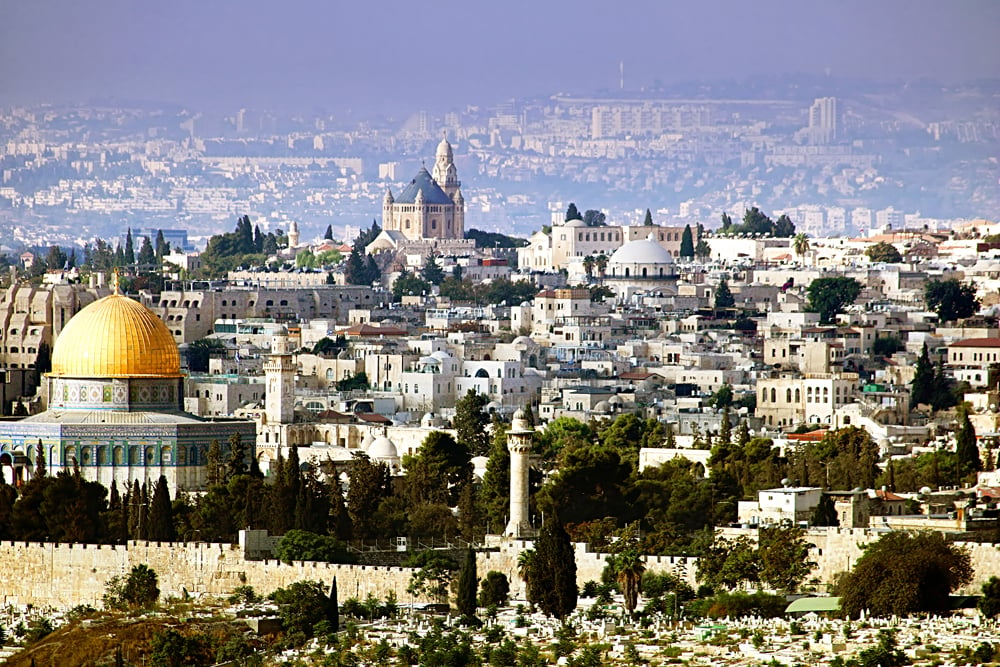
Discover the Atmospheric City of Jerusalem on a Trip to Israel
Combining a heady mixture of different religious and ethnic cultures and history – all of which add to its unique character and flavour on Israel travel – Jerusalem has a very strong atmosphere which is almost palpable.
I was struck, on my first visit to Jerusalem, by the all-pervading ambience I encountered. I had just arrived from Tel Aviv, a city which is modern, bustling and, in some respects, comparable to a number of other Mediterranean cities. Jerusalem, however, is totally unique.
The Old City
On a visit to Jerusalem on Israel travel, its Old City should be the first place to head to, as for me, it offers the very essence of what Jerusalem is all about. It is the heart of the city as well as the centre of Judaism and the holy city to Islam and Christianity. Totally surrounded by a thick wall which is 4 kilometres/2.5 miles around its perimeter, it is divided into 4 quarters, each pertaining to 4 distinct religious beliefs. They are the Christian Quarter, the Jewish Quarter, The Muslim Quarter, and the Armenian Quarter, each with its own fragrances, sounds, and offerings. The walls and current structures within the Old City date back to the 16th century. However, as we all know, its history goes back over 3000 years. The architecture has been designed by the Jews, the Romans, and the Ottomans. I personally don’t believe it matters what your religious leanings are to appreciate the Old City. One thing to bear in mind when entering through one of the 8 gates is that it is a city inhabited by people who live and work there and not just a historical site. A Cardo (market street) runs north-to-south down the centre of the Old City. This road has been excavated and re-opened with modern shops side by side featuring ancient columns with about two stories going underground. You will find many cafes and restaurants in some of the sectors, for as I say, it is a living city.

The Christian Quarter in the north-west is home to around 40 holy sites. You will see priests and pilgrims from around the world strolling around the streets. The Church of the Holy Sepulchre is at the centre and is where Jesus is said to have been crucified and buried. Another important landmark on Israel travel is the Via Dolorosa, said to be the path along which Jesus walked from the time of his arrest to the site of his crucifixion. It is marked by the 14 Stations of the Cross, of which 5 are within the Christian Quarter. One other special building is the Russian Orthodox Church of St. John the Baptist, the oldest standing Christian monument in the Old City.
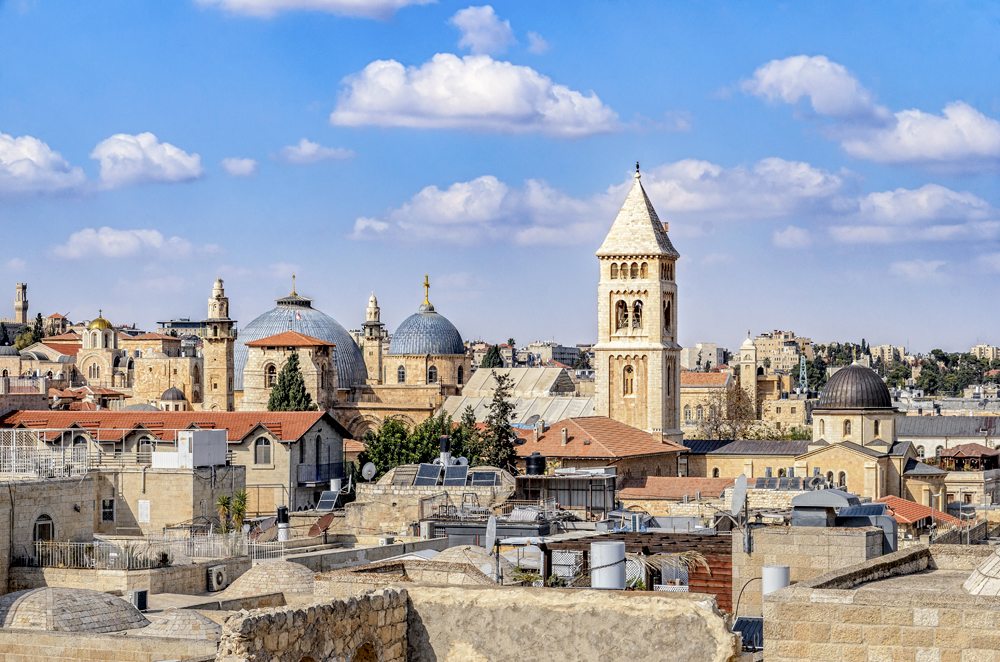
The Jewish Quarter in the south-east of the Old City was partly destroyed prior to 1967 and has been rebuilt and settled in. It is quieter and cleaner than the other 3 quarters. Many archaeological findings from here are on display at museums in Jerusalem. In the Jewish Quarter, the narrow alleyways contain the homes of Ultra-Orthodox Jewish families and schools for Torah study. You will see them heading off to the Western Wall (Wailing Wall) which adjoins the Jewish Quarter. This monumental wall is where you can leave prayers between the cracks. The atmosphere here is very powerful. It should be noted that there are separate sections for men and women.
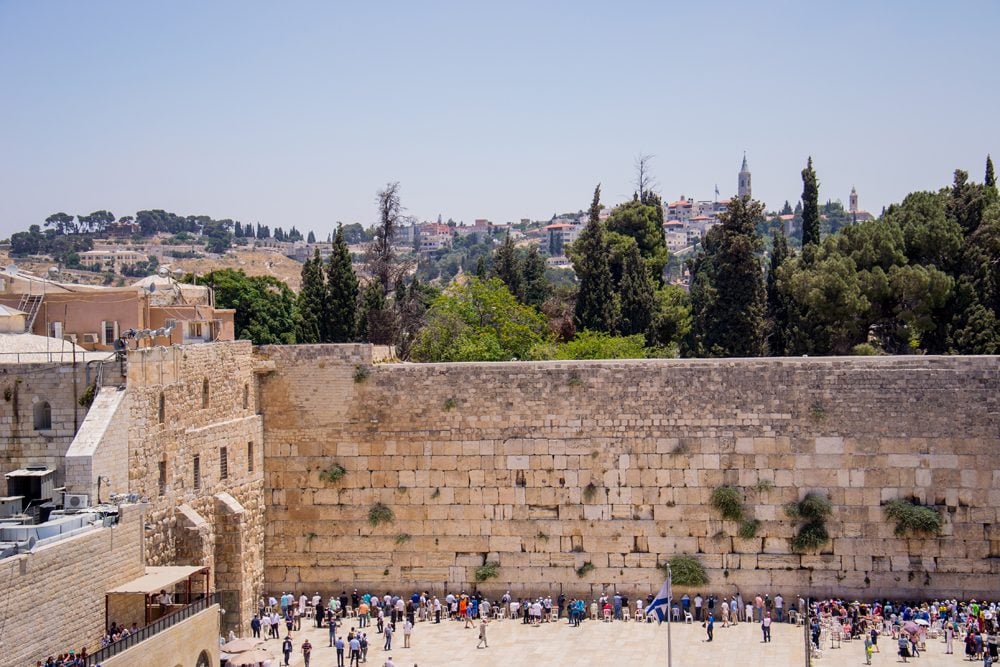
The Muslim Quarter in the north-east is the largest of the four quarters and is a total contrast to the Jewish Quarter, as its streets are busier, more crowded, and full of vendors selling all kinds of merchandise. You will see children at play in the street and men sitting outside cafes smoking their traditional hookahs or shishas. There are, however, the same types of alleyways as found in the Jewish Quarter, which are inhabited by the Arab population. The Dome of the Rock sits above the Western Wall in this quarter on Temple Mount. This is where Muslims believe that Muhammad ascended into Heaven and is the third holiest site for Muslims after Mecca and Medina. Non-Muslims are not allowed to enter the building itself but visitors on Israel travel can tour the compound and the nearby Al-Aqsa Mosque.
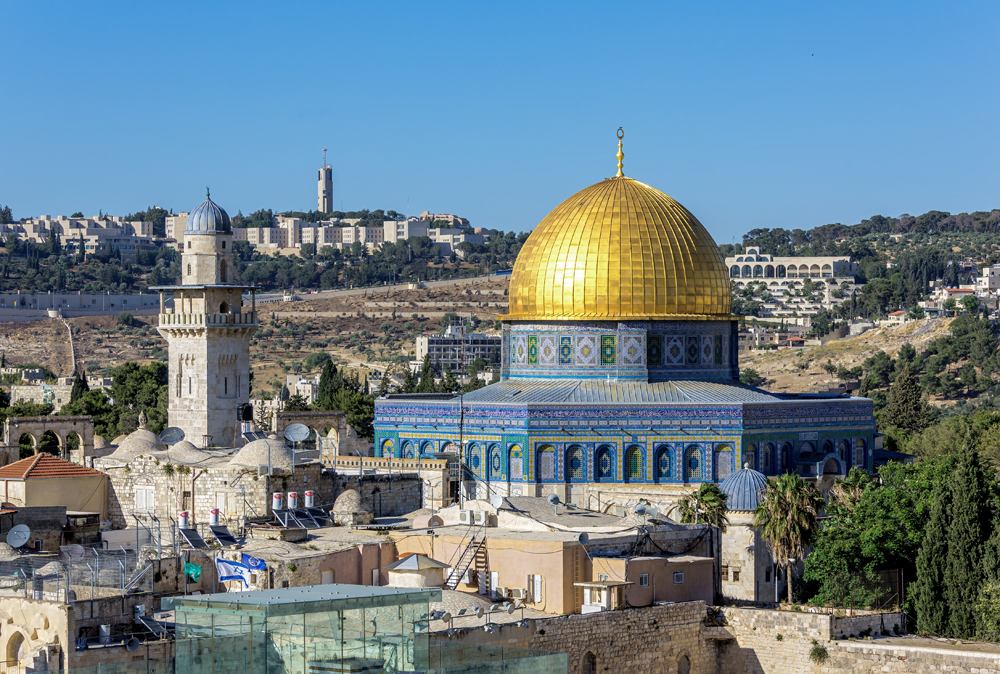
The Armenian Quarter in the south-west is also Christian, but distinctly Eastern Christianity. I am told that today, more than 3,000 Armenians live in Jerusalem, of which 500 of them live in the Armenian Quarter. An Armenian presence in Jerusalem dates back to the 4th century AD, when Armenia adopted Christianity as a religion and Armenian monks settled in Jerusalem. It is the smallest quarter but contains the Zion Gate, plus the historic Mount Zion is just outside the walls. It also contains the Tower of David and an Armenian Orthodox Cathedral. What is interesting is that there is a diaspora of Christians, Muslims, and Jews living in this quarter.
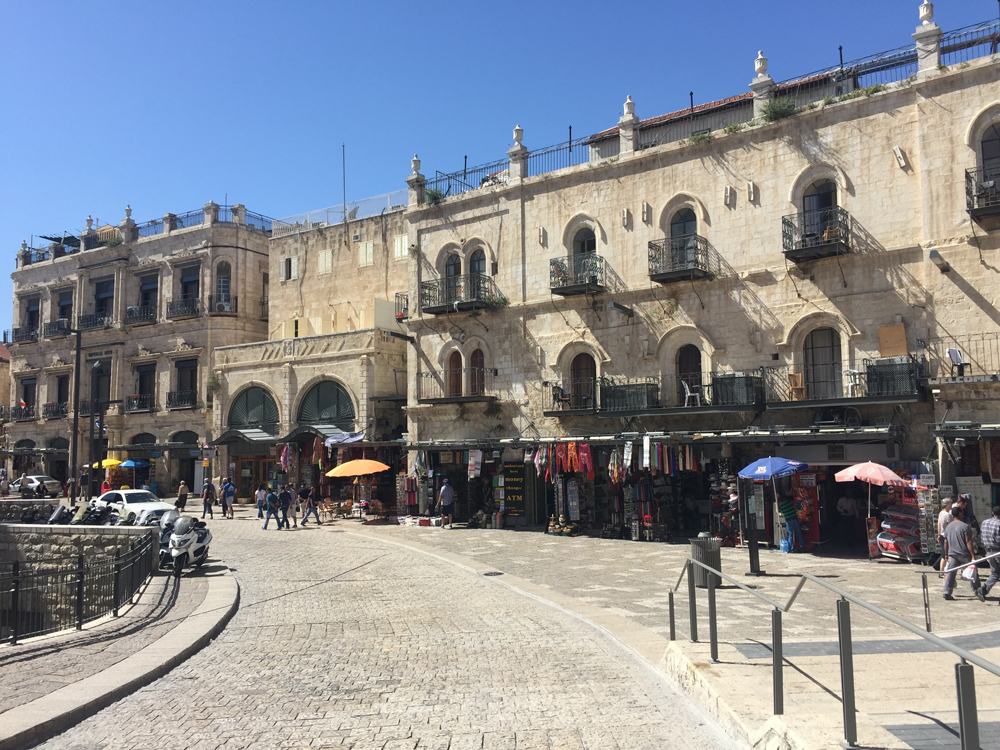
Now that the Old City has been hopefully covered, it’s time, on an Israel vacation, to explore other fascinating sites within the city of Jerusalem.
Yad Vashem
Yad Vashem is Israel’s official memorial to the victims of the Holocaust and is dedicated to preserving the memory of the dead. It was established in 1953 on the western slope of Mount Herzl, also known as the Mount of Remembrance. The memorial consists of a complex which includes the Holocaust History Museum, memorial sites such as the Children’s Memorial, dedicated to the 1.5 million Jewish children who died in the Holocaust, the Hall of Remembrance, where an eternal flame burns near a crypt containing the ashes of victims brought from the death camps, the Museum of Holocaust Art, a collection of works created in ghettos and camps, and much more. Dug into the bedrock in the Children’s Memorial is one of the most moving sites I have ever experienced. It contains a solitary flame reflected by hundreds of mirrors and really makes an emotional impact. Yad Vashem is the second-most visited site on Israel travel to Jerusalem, after the Western Wall. Nine underground galleries give details of the events leading up to the Holocaust as well as the disturbing, deep-rooted history of anti-Semitism in Europe. With explanations in English and Hebrew, the galleries trace the story chronologically using artifacts, films, personal testimonies on video, photographs, and art installations. Do allow plenty of time at Yad Vashem on an Israel tour.

The Israel Museum
The Israel Museum opened in 1965 as Israel’s national museum and contains a variety of totally unique treasures such as the Venus of Berekhat Ram, a pebble found on the Golan Heights, the interior of a 1736 synagogue from Surinam, necklaces worn by Jewish brides in Yemen, and a mosaic Islamic prayer from 17th-Century Persia. These give you an idea of the museum’s diverse artifacts. There is also a Fine Arts wing which contains European, modern, and Israeli art. Above all, the museum’s most famous item is the Dead Sea Scrolls, the oldest biblical manuscripts in the world discovered in caves near the Dead Sea. Because of the age and fragility of the scrolls, it makes it impossible to display them all on a continuous basis. Therefore they are rotated every 3 to 6 months.

The Knesset
The Knesset is the national legislature of Israel and the headquarters of the Israeli government. It is a modern building constructed in 1966 and visitors on trips to Israel can take a one-hour guided tour of the committee rooms, the plenary chamber, and Chagall Hall, which features 3 tapestries and several mosaics by the 20th-century Russian artist, Marc Chagall. Incidentally, it is well worth visiting the Hadassah Ein Kerem Hospital where you will find the famed Chagall Windows. These are 12 abstract stained glass windows representing the 12 Tribes of Israel.
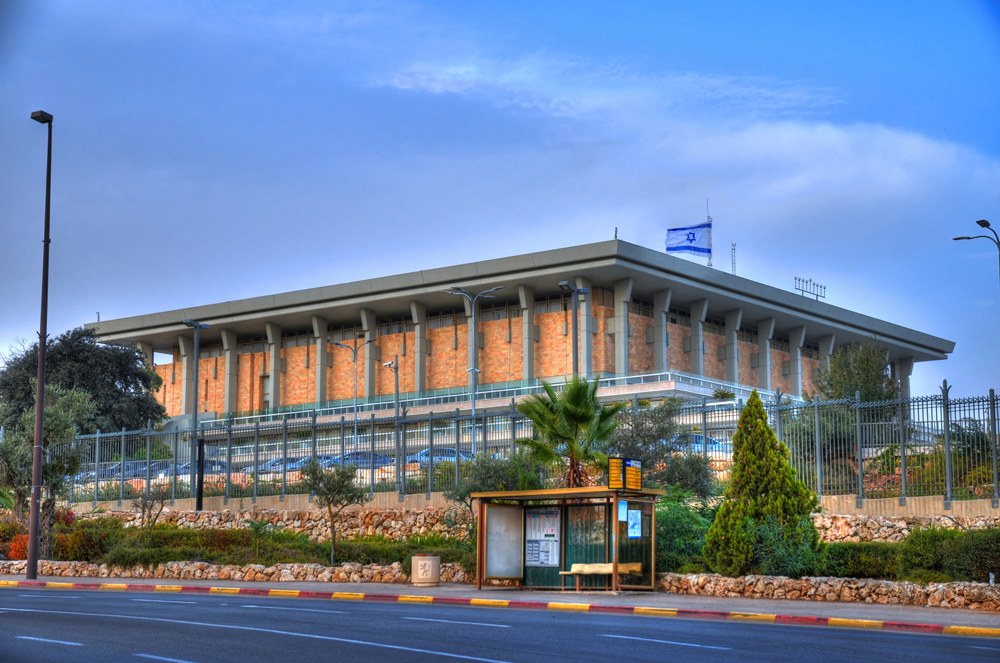
Mahane Yehuda Market
While in Jerusalem on Israel travel, and for those who want to indulge in shopping with a difference, visit the Mahane Yehuda Market. This particular partially-covered market has around 250 vendors selling everything from clothing to food and wine, as well as spices. It is the largest market in the city and is a true experience for an overseas visitor, giving the opportunity to enjoy the sights, sounds, and smells of the Middle East. On Thursday evenings, the market really comes to life with live music and concerts. You can enjoy a drink at one of the bars or have a meal at one of the restaurants any evening except Saturday.

Nachlaot Neighbourhood
Nachlaot is one of the oldest and most interesting neighbourhoods in Jerusalem and is a great place to experience another aspect of the city while on an Israel vacation. It was once a very religious-oriented place but, in time, older inhabitants moved away and a younger generation moved in. It is made up of narrow winding lanes and quaint houses. Many of the original houses still exist and have plaques illustrating the pictures and histories of inhabitants who once lived in them. Nachlaot is also a neighbourhood of artists and musicians and attracts a number of young people. It is a genuine slice of local Jerusalem life.
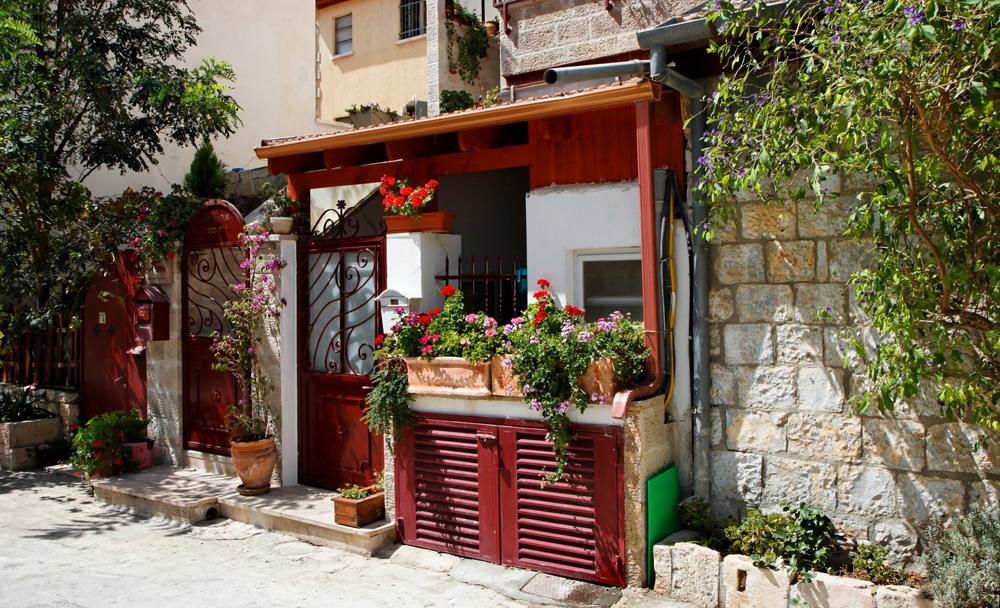
Garden of Gethsemane
Gethsemane is a garden at the foot of the Mount of Olives and known as the place where Jesus went with his disciples to pray the night before he was crucified. Beside this garden of 1200 square metres is the Church of All Nations, built over the rock and where Jesus is believed to have prayed before he was betrayed by Judas Iscariot and arrested. Close by is the Grotto of Gethsemane, where Jesus and his disciples met and prayed. Next to this is the Tomb of Mary, where the mother of Jesus was believed to be buried. The Mount of Olives gets its name from the fact that there used to be many olive trees that grew here. The view of the old city from the Mount of Olives is worth the visit.
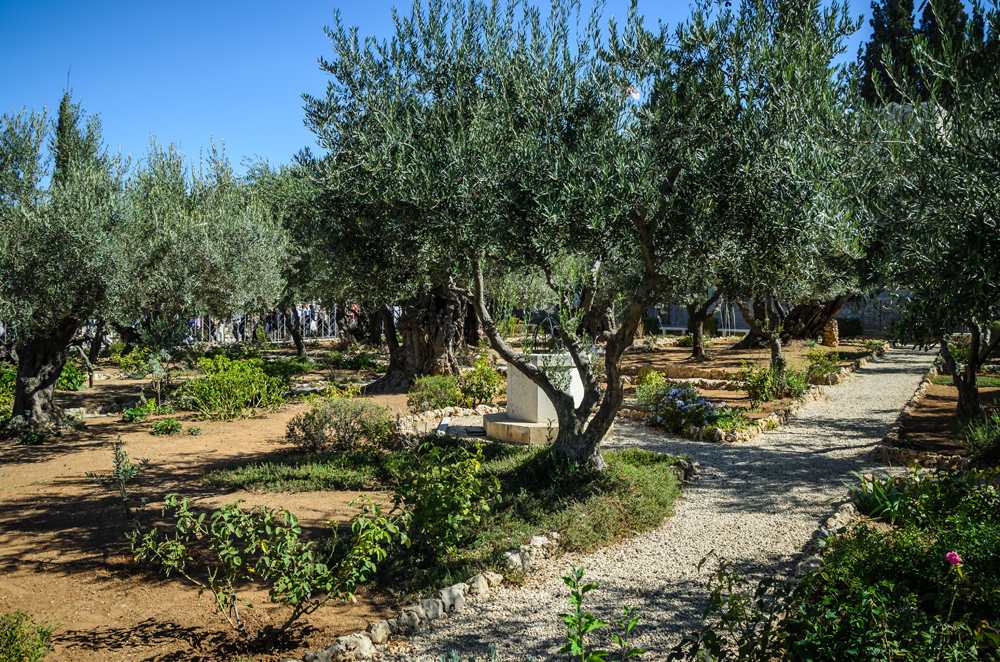
Jerusalem Biblical Zoo
If you ever read the Old Testament of the Bible, you will naturally remember Noah building his ark, on which he took on many animals “two by two.” Well, the Jerusalem Biblical Zoo, which should be visited on an Israel vacation, has over 170 different species of animals, most of them mentioned in the Bible. The original intention was to have a zoo with only biblical animals but many of the animals mentioned in the Bible are now extinct. This zoo is one of Israel’s biggest tourist attractions. The park, which is very scenic and covers 62 acres in area, includes wildlife savannah with free-roaming animals, while a train provides transportation throughout the park stopping at several stations along the route. Naturally, there is a two-story, boat-shaped wooden visitor’s centre resembling – yes, Noah’s Ark.

The Rockefeller Museum
The Rockefeller Museum is an archaeology museum that houses a large collection of artifacts unearthed in excavations conducted in the 1920s and 1930s. They range from findings from prehistoric times to the time of the Ottoman period, around 1700 AD. Among the museum’s prized possessions are 8th-century wooden panels from the al-Aqsa Mosque and 12th-century (Crusader-period) marble lintels (horizontal supports across the top of a door or window) from the Church of the Holy Sepulchre. Some of the Dead Sea Scrolls discovered between 1947 and 1956 were once housed in the Rockefeller Museum but are now in the Israel Museum.
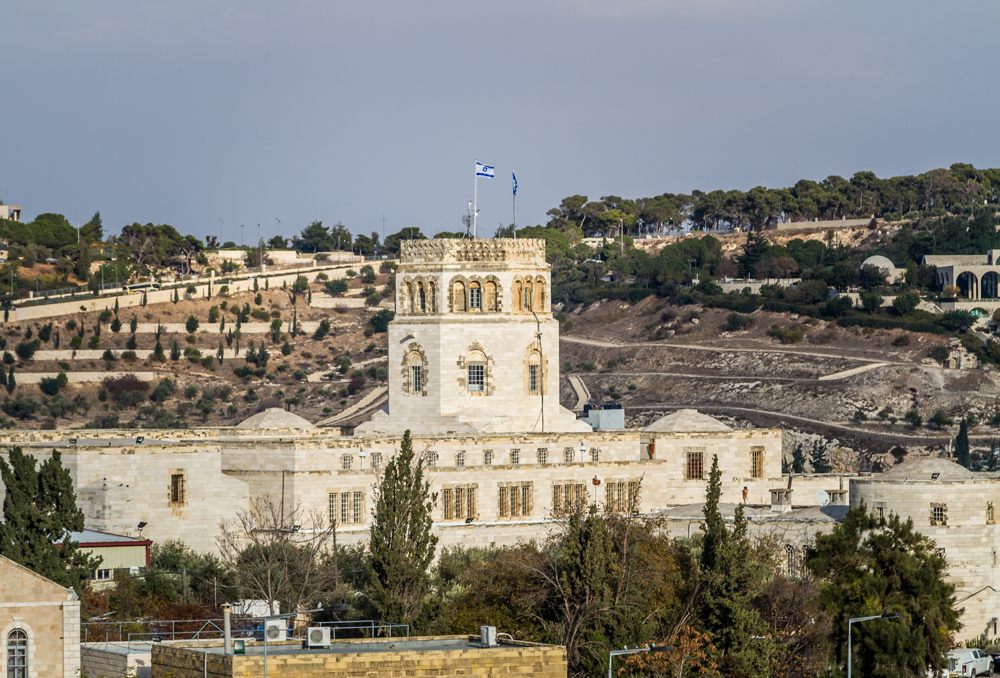
Any time spent in Jerusalem on Israel travel will convince you, I’m sure, as it did me, that there is no city like it anywhere.
Get more travel inspiration by email.
Subscribe
0 Comments

Get the latest travel trends & hear about the best deals on vacations around the world.
If you’re a Globetrotter, these are the newsletters for you!
